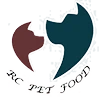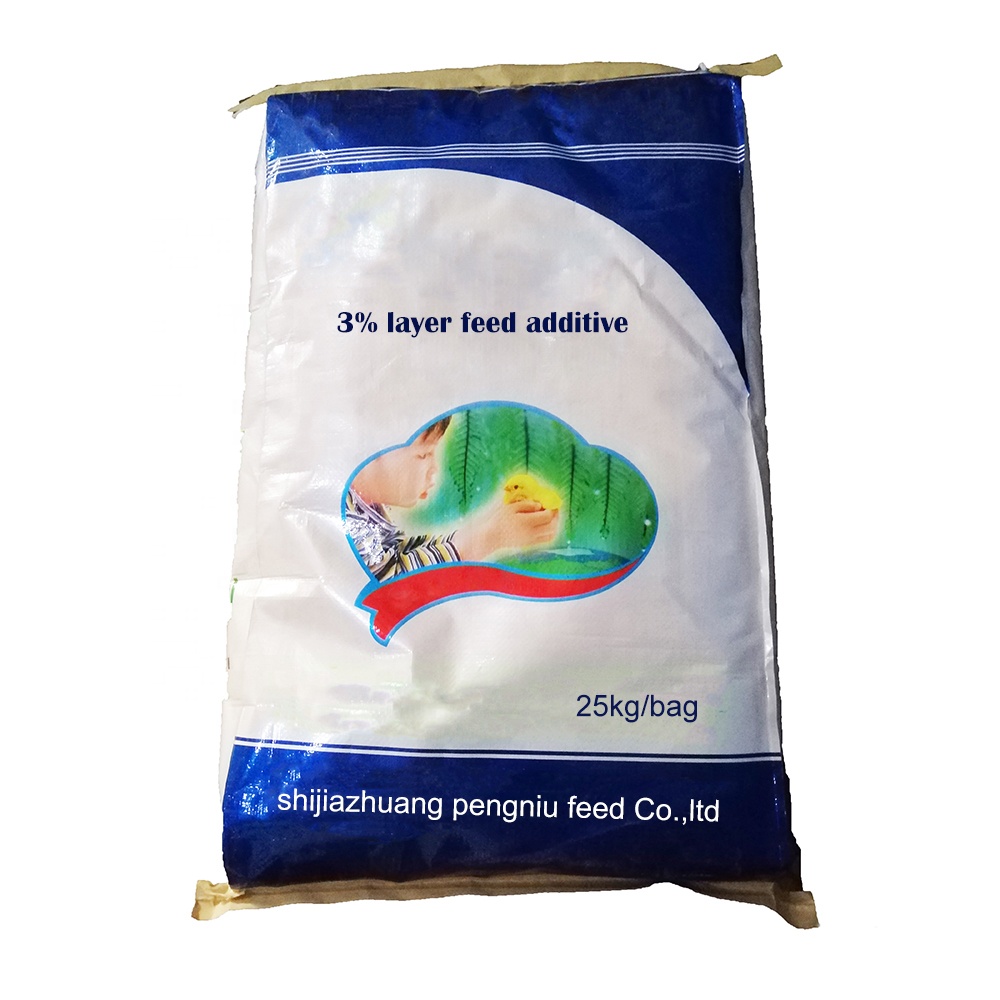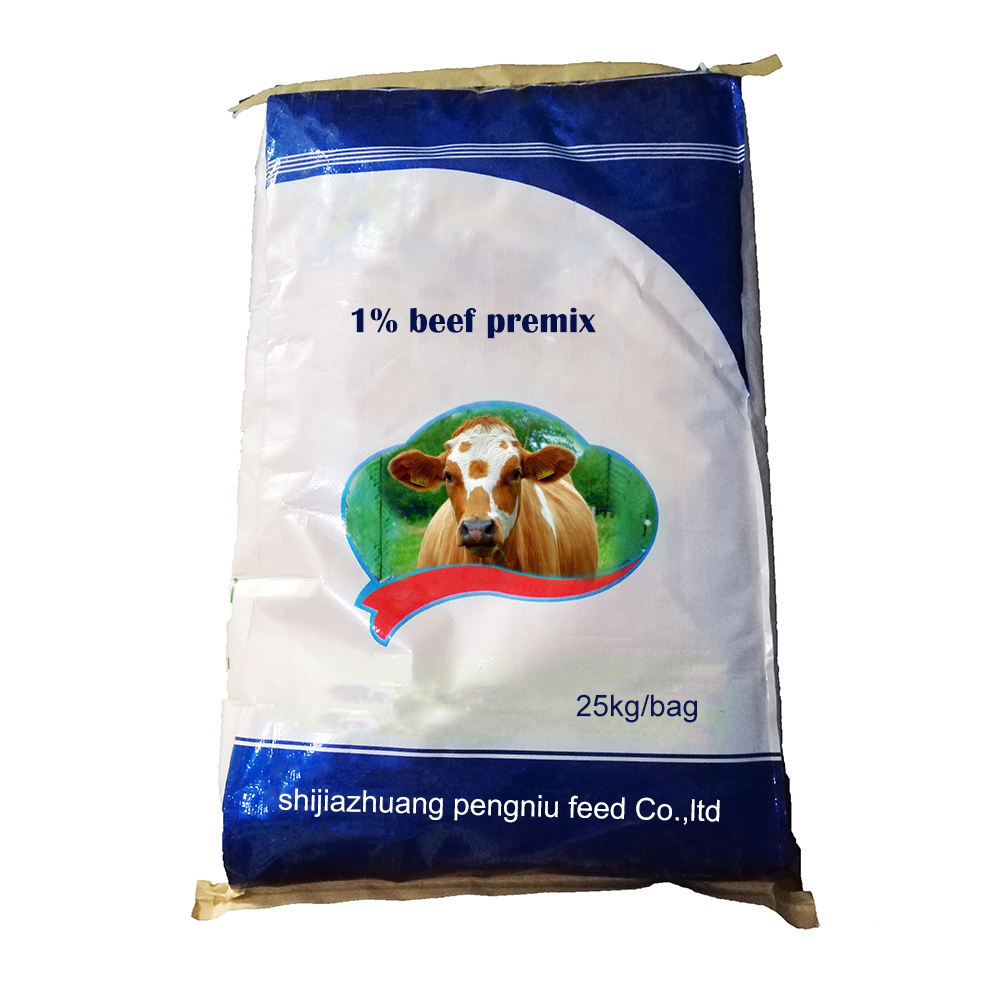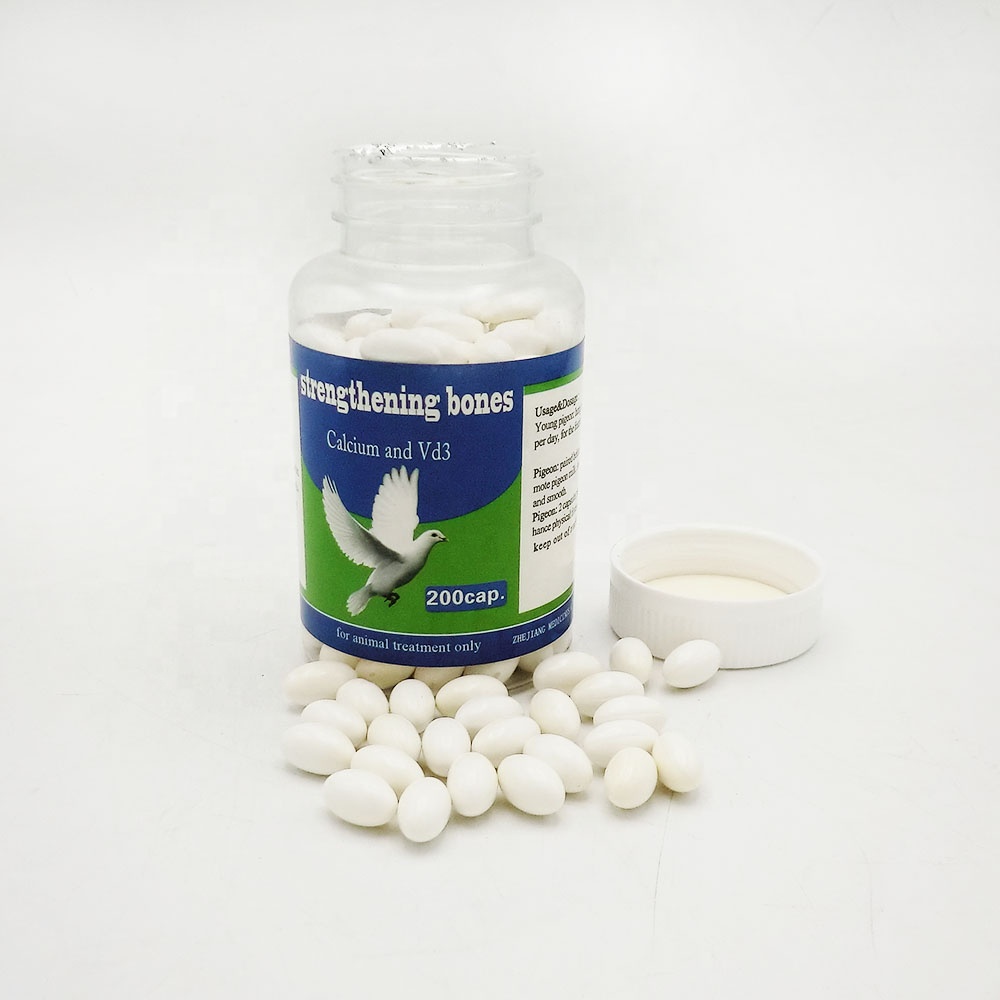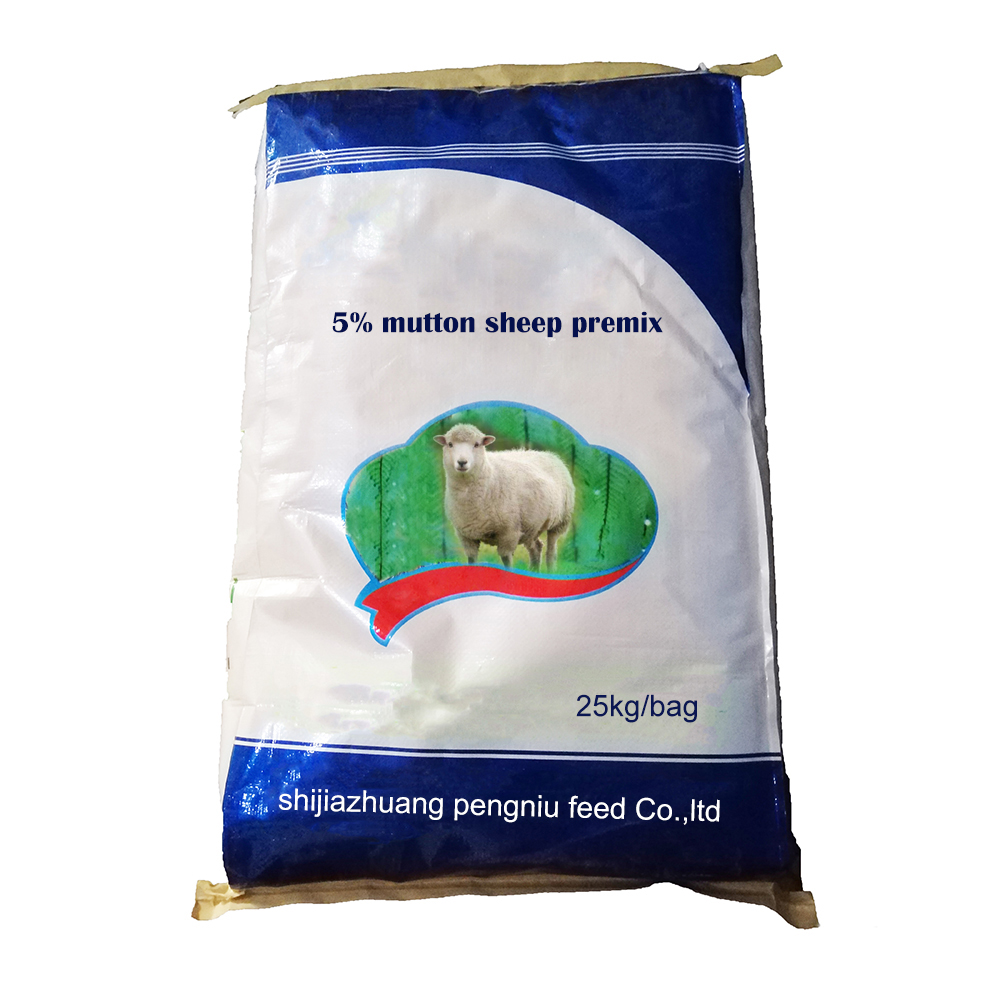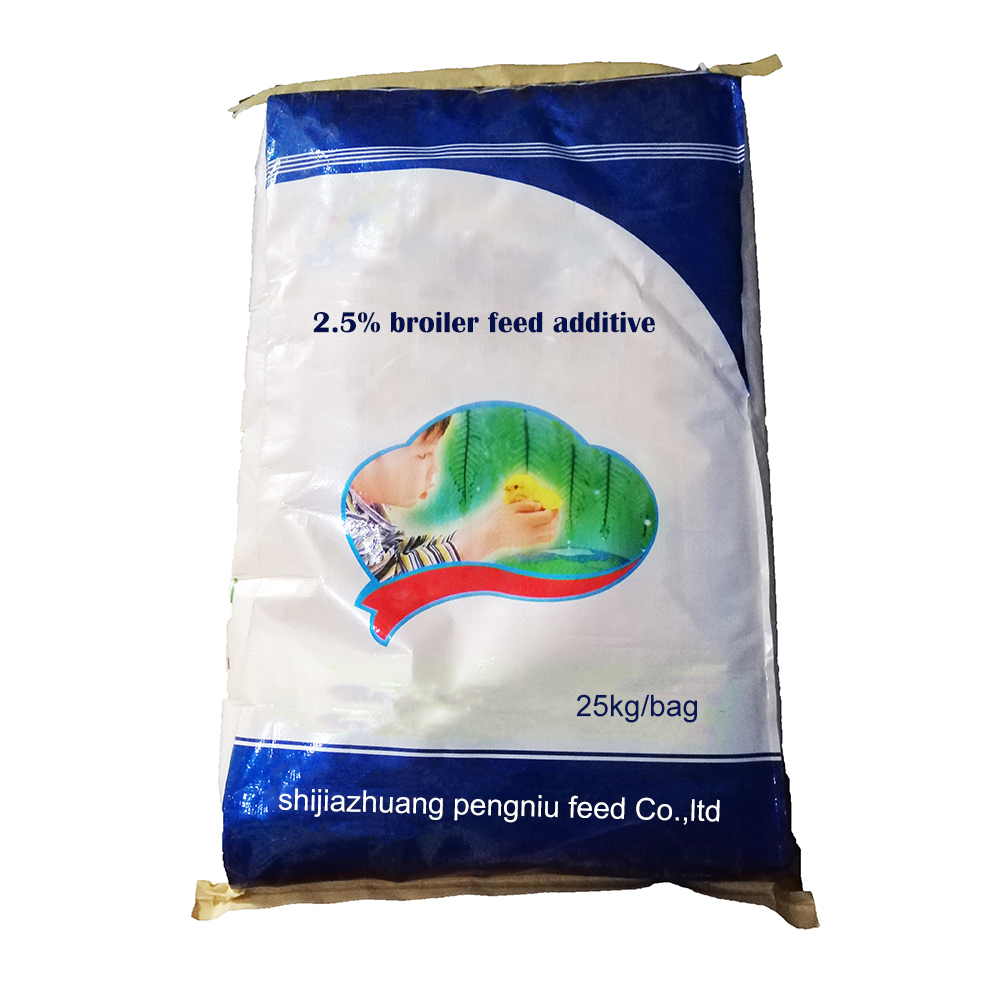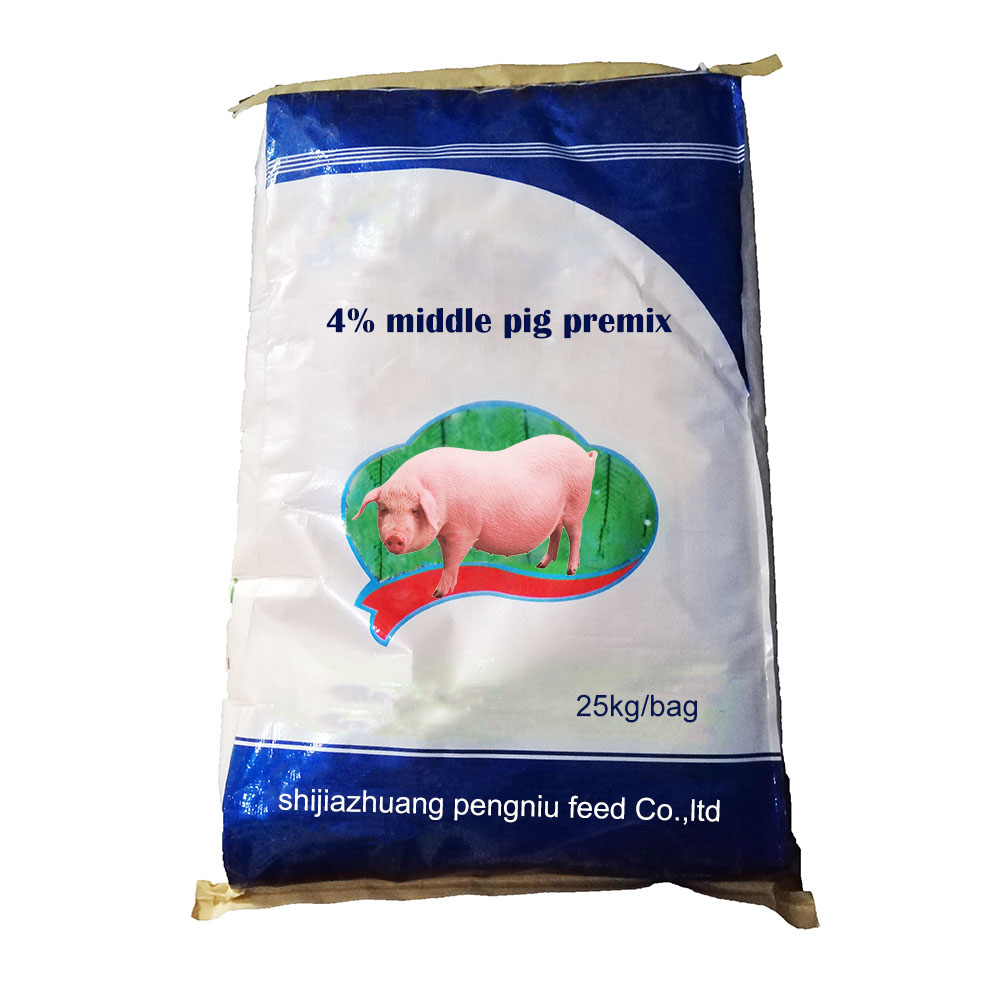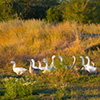Sterker nog, het herstel van de pluimveemarkt is nu ook te voorspellen. De prijs van veel pluimveeproducten heeft het niveau van dezelfde periode in voorgaande jaren bereikt, sommige zelfs hoger dan de gemiddelde prijs in voorgaande jaren. Toch zijn veel mensen nog steeds niet gemotiveerd om te fokken, omdat de voerprijzen dit jaar zo sterk zijn gestegen.
Breed meat wool chicken for instance, see the price of wool chicken only, now 4 more than a catty, be pretty good. If placed in previous years, this price farmer’s profit is very considerable. But this year, because of high feed prices, the cost of raising a kilo of chicken has reached 4 yuan.
Volgens statistische gegevens kost een jin vleeswolkip nu 4,2 yuan, wat bijna gelijk is aan de kosten. De winstmarge is echter zeer laag, de overlevingskans is niet gegarandeerd en er is zelfs sprake van een klein verlies.
Therefore, next year’s poultry breeding, how much profit, largely depends on the trend of feed prices. The poultry market is likely to be fine if there are no surprises, but feed prices are different.
To analyze next year’s feed price trend, we need to start with a few key factors that have contributed to the spike in feed prices. Many people know that the direct cause of this year’s feed price increase is the rising cost of feed ingredients like corn and soybean meal, but that’s just one of the reasons.
In fact, this year’s corn is a bumper harvest, the national corn production is higher than last year. But why did prices go up when the corn crop was plentiful? There are three reasons.
First, corn imports have been affected. Due to the epidemic, the whole import and export business has been affected this year, and corn is no exception. As a result, the overall supply of corn is a little tight ahead of this year’s new crop.
Ten tweede is onze varkensproductie het afgelopen jaar zeer goed hersteld, waardoor de vraag naar voer ook zeer hoog is. Dit heeft de prijsstijging van maïs, sojabonen en andere grondstoffen voor de productie van voer verder gestimuleerd.
De derde is kunstmatige hamstering. In afwachting van stijgende maïsprijzen hamsteren veel handelaren maïs en wachten ze tot de prijzen nog verder stijgen, wat ongetwijfeld kunstmatig de prijzen opdrijft.
Above is this year feed price, corn price rising a few important factors. But in fact, feed prices are rising not only because of the impact of rising corn prices, but also a very important reason, that is “prohibition of resistance”.
Post time: July 27, 2021
